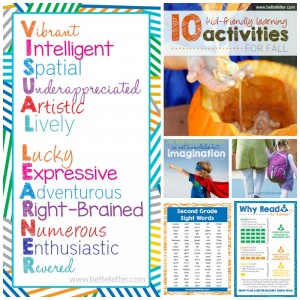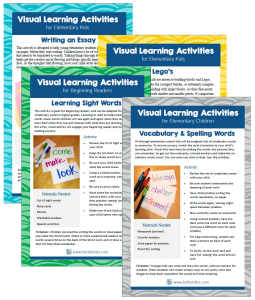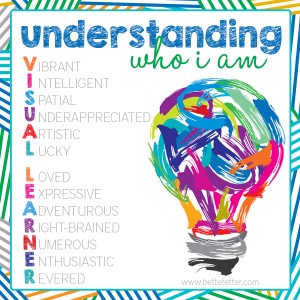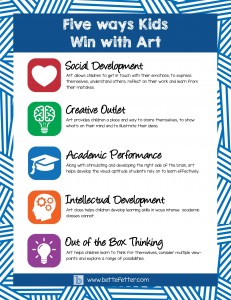One Size Education Does NOT Fit All
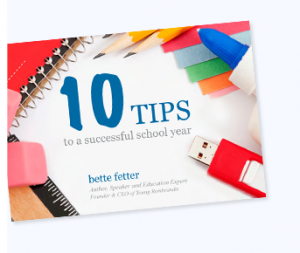 There are several different learning styles, and each has a direct impact on how your child learns, processes information, and their level of success in the classroom.
There are several different learning styles, and each has a direct impact on how your child learns, processes information, and their level of success in the classroom.
 There are several different learning styles, and each has a direct impact on how your child learns, processes information, and their level of success in the classroom.
There are several different learning styles, and each has a direct impact on how your child learns, processes information, and their level of success in the classroom.
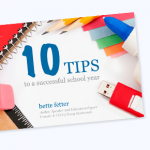

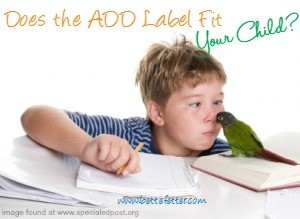
When a visual learner goes to school, it’s like a computer programmer suddenly being told that he has to be a public speaker. That’s why it’s so important to give them a creative outlet to allow them to think the way they are most comfortable.
